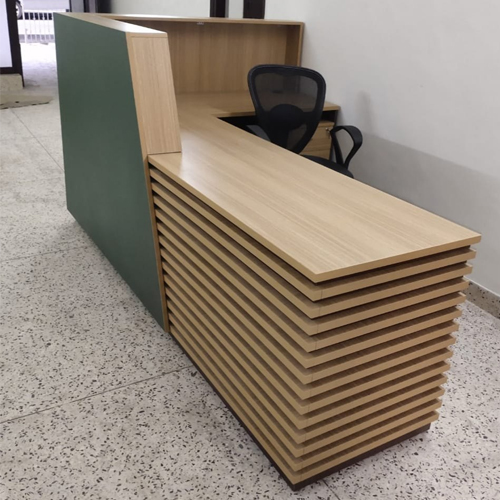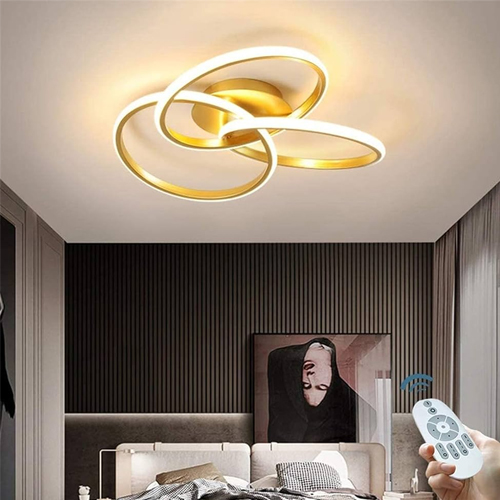
Retail Displays Or Racks
Retail displays or racks are essential for showcasing products effectively in stores. They come in diverse types, such as shelving units, clothing racks, display tables, or specialized stands tailored to specific merchandise. These displays are designed to maximize visibility, organization, and accessibility for customers. They can be made of various materials like metal, wood, glass, or plastic, and the design often depends on the type of products being showcased and the store's aesthetic.
-
Types of Retail Displays:
- Gondola Displays: Freestanding shelving units often placed in the center of the store aisles to create pathways and showcase a variety of products.
- End Cap Displays: Displays located at the end of store aisles, capturing customer attention and promoting featured or seasonal items.
- Power Wings: Side panels attached to the sides of gondola units, providing additional space for product placement and promotions.
- Feature Tables or Islands: Freestanding tables or islands strategically placed to highlight specific products or promotions.
- Dump Bins: Open containers for displaying loose items or products in a casual, accessible manner.
- Pegboard Displays: Wall-mounted displays with pegs or hooks for hanging merchandise.
- Slatwall Displays: Panels with horizontal grooves to which shelves, hooks, or other display accessories can be attached.
-
Material:
- Retail displays and racks can be made from various materials, including metal, wood, plastic, acrylic, or a combination of materials. The choice of material can impact the overall aesthetic and durability.
-
Adjustability:
- Some retail displays and racks offer adjustable shelves, hooks, or other components, allowing for flexibility in displaying products of different sizes.
-
Branding and Signage:
- Incorporate branding elements and signage to communicate product information, prices, promotions, and brand identity. Clear and attractive signage enhances the visibility of products.
-
Lighting:
- Consider incorporating lighting elements to highlight specific products and create an inviting atmosphere. Well-lit displays can enhance the overall shopping experience.
-
Versatility:
- Choose displays that can be easily reconfigured to accommodate changing product assortments or seasonal promotions. Versatile displays offer flexibility in adapting to evolving merchandising strategies.
-
Durability:
- Retail displays and racks should be durable to withstand the wear and tear of daily use. Consider the weight capacity, stability, and overall construction of the displays.
-
Space Optimization:
- Optimize the use of space by selecting displays that maximize the available square footage while allowing for easy customer navigation.
-
Accessibility:
- Ensure that products on displays are easily accessible to customers. Avoid overcrowding and ensure a clear and organized presentation.
-
Theme and Aesthetics:
- Align the design and aesthetics of displays with the overall theme and branding of the store. Consistent design enhances the visual appeal of the retail space.
-
Security Features:
- Depending on the type of products being displayed, consider incorporating security features such as locking mechanisms, alarms, or surveillance for theft prevention.
-
Customer Flow:
- Strategically position displays to guide customer flow through the store, encouraging exploration and exposure to a variety of products.
-
Budget:
- Determine a budget for retail displays and racks based on the store's needs, the desired quality, and the expected return on investment.
Effective retail displays and racks contribute to a positive shopping experience, drive sales, and create an organized and visually appealing store environment. Consider the specific requirements of the products, the store layout, and the overall merchandising strategy when selecting and arranging retail displays.






